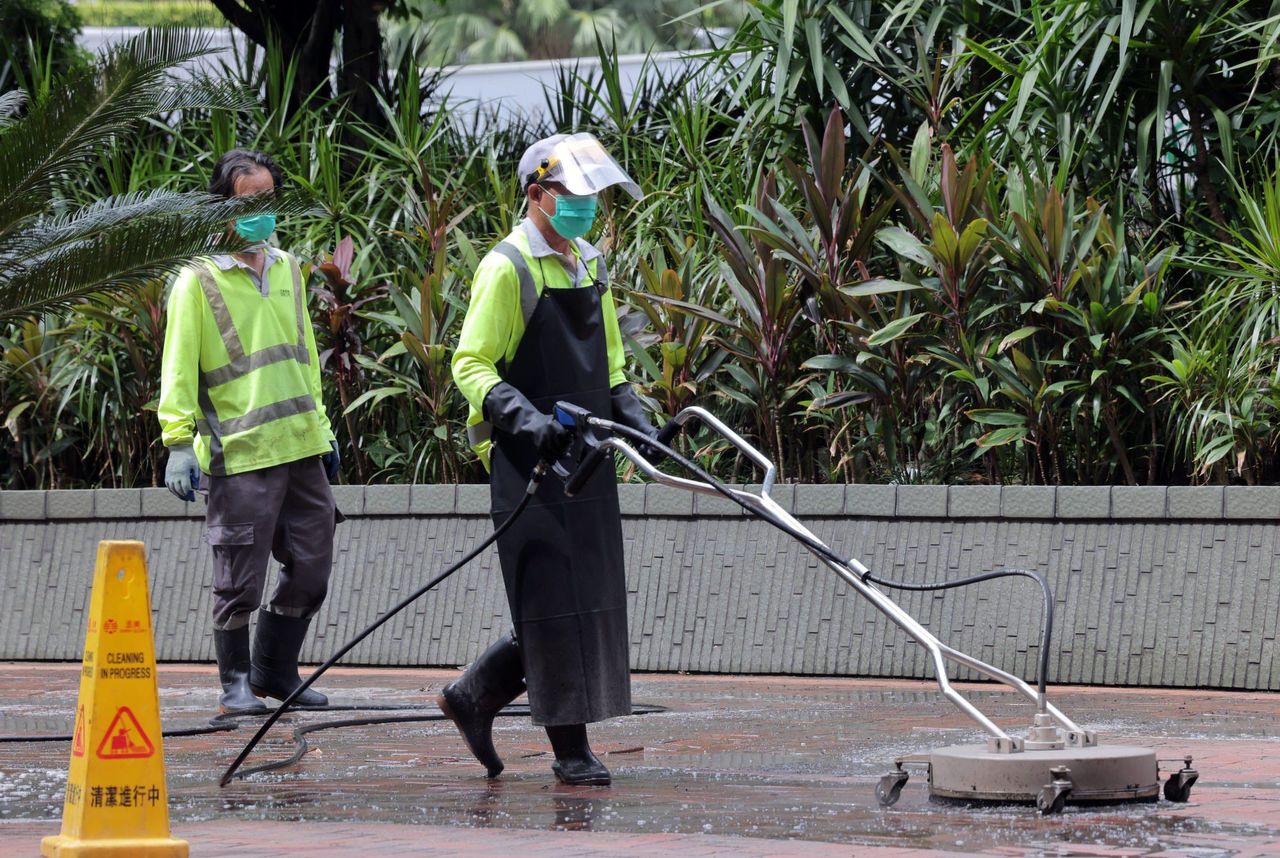Hong Kong News

How far can HK$40 go in Hong Kong? New hourly wage takes effect amid high living costs
Hong Kong’s minimum hourly wage increased to HK$40 (US$5.1) on Monday, with 60,000 of the city’s lowest-paid workers receiving an extra HK$2.5 per hour after a government-appointed body approved the rise last year.
Approved by the Minimum Wage Commission in October, the increase is expected to mostly affect those in security and cleaning jobs, as residents contend with a host of rising living costs, such as food prices and electricity rates as well as looming hikes in ferry fares and cross-harbour tunnel tolls.
As the wage increase takes effect, the Post takes a look at how far HK$40 can go in the current economy.
On the transport front, those looking to take the ferry from either Central to Tsim Sha Tsui or Wan Chai to Tsim Sha Tsui would have to fork out HK$5 for an upper deck seat for an adult on a weekday journey, after Star Ferry increased fares from the previous HK$3.2 per ticket.
Travellers with HK$40 on hand could use the service eight times at its current price.
But anyone hoping to travel between Central and Discovery Bay would have to dig a little deeper into their pockets, with the current fare standing at HK$46.
Hailing a cab in the city could get you as far as around 3.2km (1.98 miles) for HK$40 barring any traffic jams, with Hong Kong’s urban taxi operators charging HK$27 for the first 2km before levying HK$1.9 for every 200 metres or one-minute waiting period.
Anyone looking to grab a quick bite to eat could pay out HK$28 for a McDonald’s six-piece Chicken McNuggets meal, but the city’s minimum hourly wage fails to cover the price of a Filet-O-Fish combo at HK$41 or a Big Mac one for HK$46.
Even at one mass market cha chaan teng, Cafe 100%, a lunch set of steamed meat with rice and a cup of hot tea or coffee costs HK$58.
 The increase in the city’s minimum wage is expected to affect 87,000 people, mostly those in security and cleaning jobs.
The increase in the city’s minimum wage is expected to affect 87,000 people, mostly those in security and cleaning jobs.
A typical lunch set, such as one with a chicken steak and noodles or baked chicken with rice, costs at least HK$50 at a fast food chain run by Maxim’s Group.
A standard wonton noodle soup from restaurant chain Mak’s Noodles is off the table with a price of HK$47, while those hoping to buy a Classic Cinnamon Bun from American bakery Cinnabon would be HK$3 short at HK$43.
But the new minimum wage would exactly cover the cost of a regular-size latte, about 354ml (12 ounces), from Starbucks at HK$40, or net an early morning commuter an Americano for HK$36.
Those looking to save a few pennies could go to Flash Coffee and buy a latte for HK$32 or an Americano at HK$37, while the minimum wage could cover two coffees at convenience store chain 7-Eleven for HK$15 each.
Last month, Hong Kong’s inflation rate was 1.7 per cent, down from the average rate of increase of 2.1 per cent in January and February.
Gary Ng Cheuk-yan, a senior economist at Natixis Corporate and Investment Bank, said the minimum wage increase would have a mild impact on businesses since it only affected 1.8 per cent of the city’s labour force.
He also pointed to the city’s manpower shortage following the Covid-19 pandemic, with many employers already raising wages in a bid to attract more staff.
“It also appears to be a reasonable increase for the low-income population after balancing the impact of inflation and government intervention,” Ng said.
“Still, the government needs to combine other subsidies to provide a safety net as the living cost is surging in Hong Kong.”
Hong Kong introduced the statutory minimum wage in 2011 to provide protection for low-paid employees, setting the amount at HK$28 an hour. The rate has increased every two years, hitting HK$37.5 in 2019 before it was frozen in 2021 for the first time.











